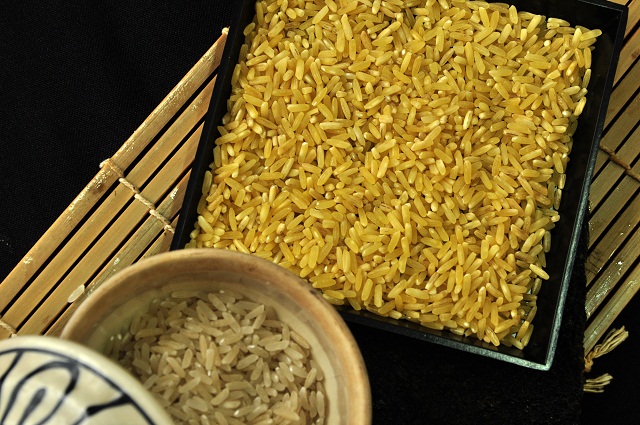The public should learn more about Vitamin A deficiency (VAD), know its causes and effects, and understand the process behind possible ways on how to prevent it.
According to the Department of Health, the annual observance of the Sight-Saving Month targets to warn the public about avoidable blindness and inform them on how to properly take care of their eyes especially through proper nutrition.
VAD is one of the leading causes of preventable blindness. Data from the World Health Organization (WHO) affirm that VAD is one of the most pressing public health concerns, specifically in Africa and Southeast Asia. Children ages 6 months to 5 years old and pregnant women are identified as most susceptible to this condition. An estimated 190 million children and 19 million pregnant women are vitamin A deficient worldwide.
Not only that, severe cases of VAD can lead to increased risk of common infections and diseases like diarrhea and measles which, when left unchecked, can have grave consequences on one’s health and well-being.
In the Philippines, VAD affects a total of 20.4% of Filipino children aged 6-59 months. This is equivalent to 2.1 million children, as well as half a million pregnant and lactating mothers, based on the data from the 8th National Nutrition Survey in 2013.
These health threats posed by VAD intensify the need for people to have an adequate intake of this important micronutrient. Consuming foods rich in vitamin A such as animal food products, and orange-colored fruits and vegetables are highly recommended specially for children and pregnant mothers. Food fortification, vitamin A capsule supplementation, breastfeeding, dietary diversification, and nutrition education are among the proven ways to address the growing the issue on VAD.
But not all people have access to these types of food and interventions. Thus, there is a strong need to make vitamin A readily available in a food source that is widely produced and consumed in order to reach those who cannot afford other sources of vitamin A. This is the gap that Golden Rice aims to address.
Golden rice contains beta carotene which is converted to vitamin A upon consumption. Since rice is labeled as one of the most important staple foods not only in the Philippines but also in most parts of the world, golden rice has a huge potential to increase the Vitamin A consumption of rice-eating communities, especially those who are considered susceptible to VAD.
“Golden Rice has been successfully developed to provide 30 to 50 percent of the estimated average requirement for vitamin A. This will be a complementary measure to control the country’s vitamin A deficiency problem,” states Dr. Reynante Ordonio, project leader at the Philippine Rice Research Institute (PhilRice).
PhilRice has been working with the International Rice Research Institute (IRRI) in developing high-yielding inbred local rice varieties with the beta-carotene producing Golden Rice trait. These two agencies along with other agriculture and nutrition organizations work together to ensure the safety and efficacy of Golden Rice as a complementary solution to VAD. Golden Rice research complies with science-based national and international biosafety protocols and is conducted in a safe, ethical and responsible manner.
Recently, the Department of Agriculture- Bureau of Plant Industry (DA- BPI) has advised PhilRice to conduct public consultations for Golden Rice before proceeding to field trials. Ordonio shared that through these public consultations, stakeholders from communities were updated about the Golden Rice project and given the opportunity to participate responsibly in a critical biosafety decision-making process.
Aside from local efforts, several regulatory agencies namely the Food Standards Australia and New Zealand, Health Canada, and US Food and Drug Administration have attested that Golden Rice is as safe and nutritious as it claims.
As Sight-Saving month draws to a close, project implementers are hopeful that rice consumers will open their eyes, and their minds as well, to what Golden Rice can contribute to their health and overall well-being.





